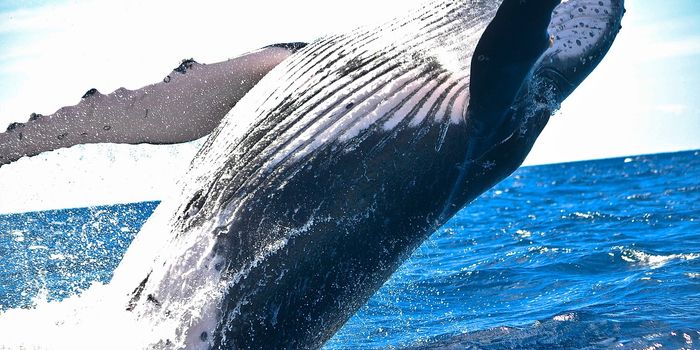Bearded dragons are reptiles that love heat. It’s no doubt that they thrive in desert-like conditions, but they’ve also been known to lurk in wooded areas, near shorelines, and even in scrubland-like areas. But one of the features of a bearded dragon that isn’t totally understood is the why their bodies change colors.
Image Credit: Beardedragon.org
As a part of a research project, Kathleen Smith of the University of Melbourne studied bearded dragons and aimed to find out just why they do change colors.
The findings reveal that there are two main reasons for why a bearded dragon will change color. One is that they use the feature as a means of communicating with other bearded dragons and reptiles, and the other is a way for the reptile to regulate its body temperature.
The study involves 12 wild-caught male bearded dragons that were subjected to various conditions to learn more about the color-changing aspects of bearded dragons. The findings were published in the
Proceedings of the Royal Society B.
Observed in the bearded dragons, as they were subjected to different social conditions, were that one of these creatures may change the color of their neck and head to express communicative qualities with another of its own species.
Particularly important in this part of the research was mating, in which the animals would darken their neck and upper chest to reveal their dominant qualities for mating.
The research also subjected the bearded dragons to different temperature conditions between 60-104º Fahrenheit, which simulate the same temperatures they would experience in the wild. The findings in this department revealed that bearded dragons would change the colors of their backs to better regulate their body heat.
In cooler conditions, a bearded dragon may appear darker, but in warmer conditions, a bearded dragon will appear lighter. They reportedly have the ability to change their body color on demand very rapidly, as it appears to be a survival technique.
When the lizard is cold, the darker colors allow for more of the Sun’s heat to be absorbed, while on the contrary, the lighter color in warmer conditions, absorbs less heat from the Sun and prevents the animal from overheating.
In what appears to be a very versatile feature of bearded dragons for a variety of natural conditions, the ability to rapidly change their own color is a necessary part of the species’ survival instinct that they’ve evolved to use over time.
Bearded dragons aren’t the only lizard species that can change their color; it appears to be widespread across the spectrum of lizard species.
Source:
EurekAlert









